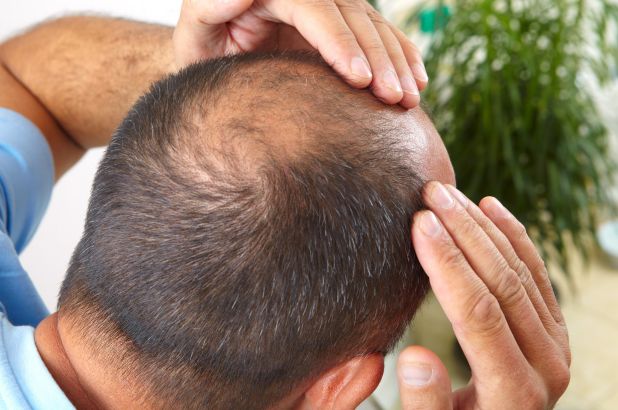A report posted on the journal Science by the Boston-based Dana-Farber Cancer Institute traces the loss of hair color to the gradual dying off of adult stem cells, called melanocytes, that provide a reservoir for the renewal of pigment-manufacturing cells.
The discovery was made while scientists were researching the origins of malignant melanoma, a potentially deadly form of skin cancer if it is not detected early enough.
The scientific team said that its research showed that the loss of melanocytes not only leads to a graying of the hair, but also causes diminishes hues that give the hair shaft a shiny, healthier and more youthful looking appearance.
Melanocytes, which manufacture and store the pigment that combines with hair-making cells called keratinocytes to color the hair, are specialized cells spawned by colorless melanocyte stem cells.
What actually happens during the graying process is that the melanocyte cells not only become depleted, they also make errors as they age, turning into ‘fully committed’ pigment cells that position themselves in the wrong part of the hair follicle, thus leading to a loss of pigmentation.
However, although the findings have helped crack the reason why hair follicles actually go through the graying process, the scientific team claims that its research is concentrated on finding how melanocytes proliferate uncontrollably in skin cells to form tumors, rather than pursuing the graying process.
”Preventing the graying of hair is not our goal,” emphasizes David Fisher, MD, PhD, director of the Dana-Farber Program in Melanoma, and senior author of the Science paper.
”Our goal is to prevent or treat melanoma, and to the extent this research is revealing the life cycles of melanocytes, which are the cells that become cancerous in melanoma, we would love to identify a signal that would make a melanoma cell stop growing.”
The discovery and the fact that the team will not be pursuing the reasons behind the graying process any further, suggests there might be significant opportunities for cosmetic and personal care researchers to take up where the research has left off, in an effort to make further progress in the field.
This could in turn lead to more effective dyes to cover gray hair, or possibly the discovery of treatments to either reverse or prevent the graying process, although this kind of treatment is still thought to be some way off.
Hair care is rapidly becoming a part of the growing anti-aging phenomenon as formulators race to include SPFs and a host of restorative ingredients in shampoos, conditioner and styling products.
In 2005 Croda became the first company to launch an anti-aging ingredient for the hair care market with its Keratec IFP Keratec ingredient and it has been incorporated into several hair care formulations now available on the market.
Likewise the France-based Ales Group has launched the Phytodensium range. It is said to be the first complete line incorporating an anti-aging shampoo and an anti-ageing serum, which has been developed using the key ingredient Gatuline Age-Defense, specifically formulated to tackle the problems associated with hair in individuals aged 30-plus.
Looking at the Mintel GNPD, a wide range of other hair care products have also been launched, targeting different aspects of hair ageing. The launches include L’Oreal’s Elseve Regenium Re-Densifying Anti-Ageing Shampoo. The key Regenium ingredient is claimed to re-vitalise the capillary fibres and penetrate hair, leaving it enriched.
nutraingredients-usa.com
